These tall, grey kangaroos often gather in mobs and graze in clearings around Glenbrook and Megalong Valley, especially at sunrise or sunset. Near Euroka Clearing, you may spot them just off the trail.
- Explorer Bus
- Sunset Tours
- Echo Point
- Katoomba Falls
- Wildlife
- Parramatta River Ferry
- Cahill's Lookout
- Wentworth Falls
- Three Sisters
- Lincoln’s Rock
- Blue Mountains National Park
- Villages
- SEA LIFE Sydney Aquarium Tickets
- Sydney Opera House Tours
- Scenic World Tickets
- Sydney Whale Watching Cruises
- Sydney Tower Eye Tickets
- Taronga Zoo Tickets
- Sydney Zoo Tickets
- WILD LIFE Sydney Zoo Tickets
- Featherdale Wildlife Park Tickets
- Madame Tussauds Tickets
- Big Bus Sydney Hop-on Hop-off Tours
- Skydive Sydney Tickets
- Australian National Maritime Museum Tickets
- Australian Reptile Park Tickets
- Hunter Valley Wine Tours
Blue Mountains Wildlife | Discover Native Australian Species in Their Natural Habitat
Meet the wildlife in Blue Mountains
Eastern Grey Kangaroo
Best times for wildlife viewing
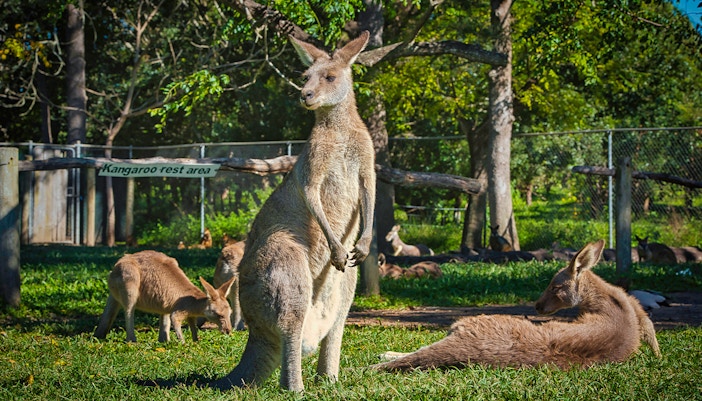
Early morning (6am – 9am)
At dawn, kangaroos and wallabies graze in clearings while lyrebirds forage and mimic sounds. Birdsong fills gullies around Leura Cascades and Govetts Leap.
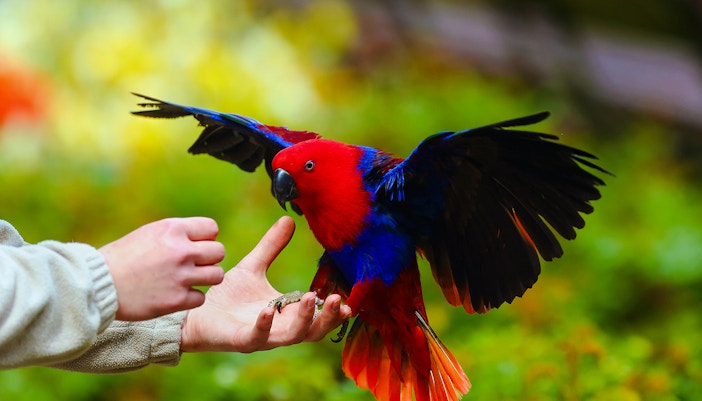
Late afternoon (4pm – 7pm)
As temperatures drop, wombats emerge near Jenolan and Kanangra-Boyd, red-necked wallabies roam woodland edges, and parrots flock to lower trees, offering prime photo opportunities in golden light.

Spring (September – November)
Spring is peak wildlife season, with birds like honeyeaters and lyrebirds breeding and singing. Nocturnal gliders become more active, and blooming wildflowers attract pollinators and insect feeders.
Prime wildlife viewing locations in Blue Mountains

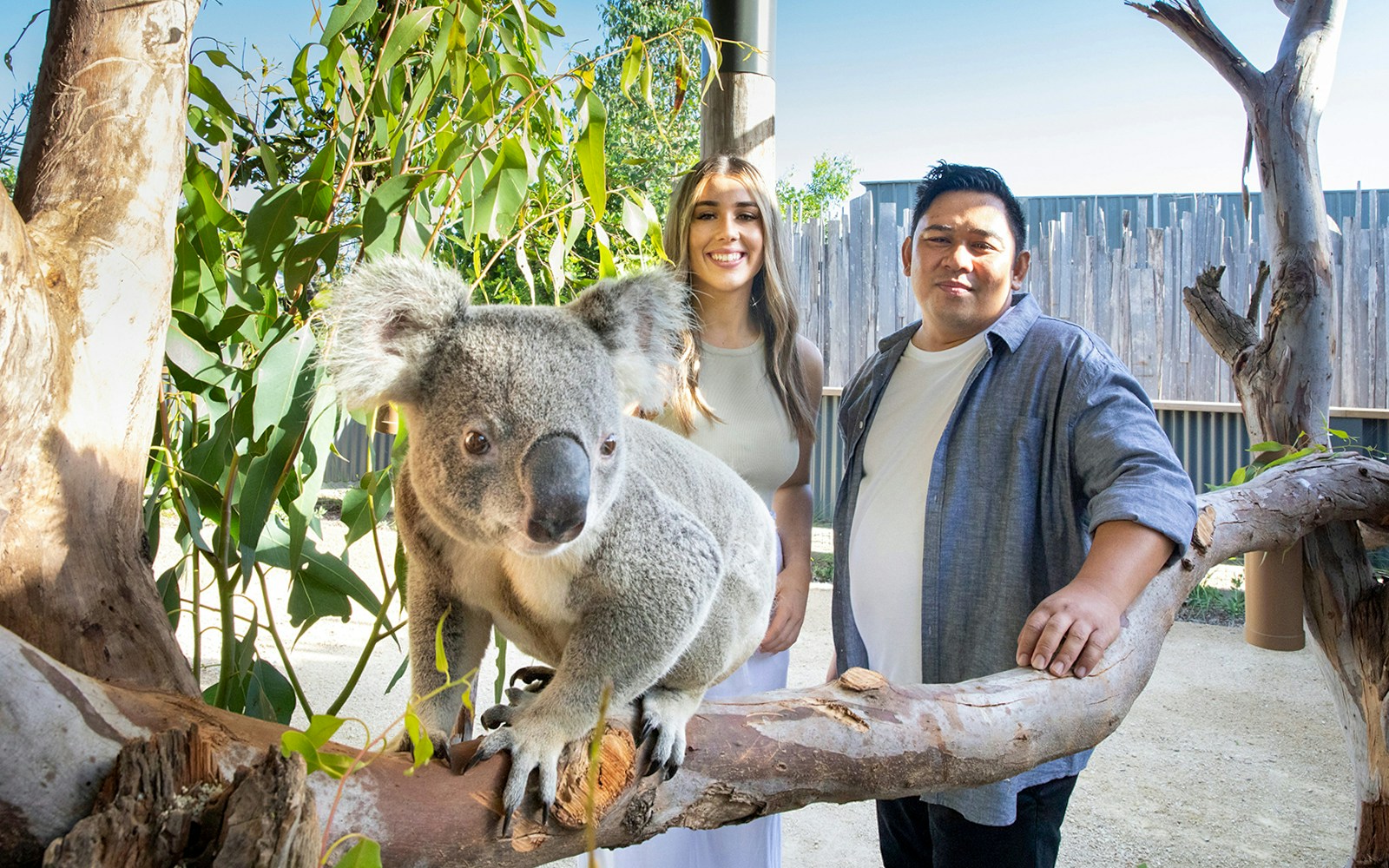

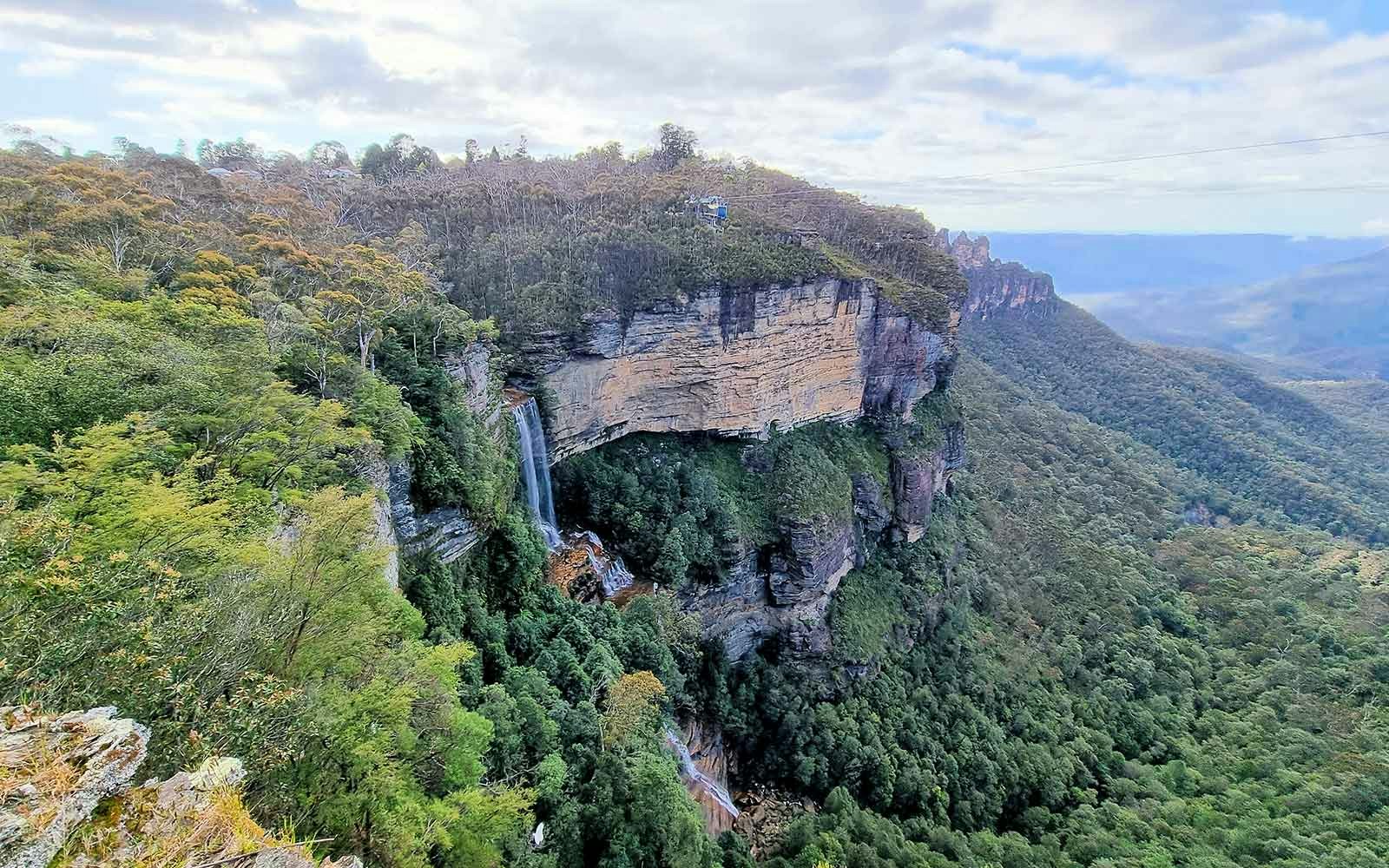

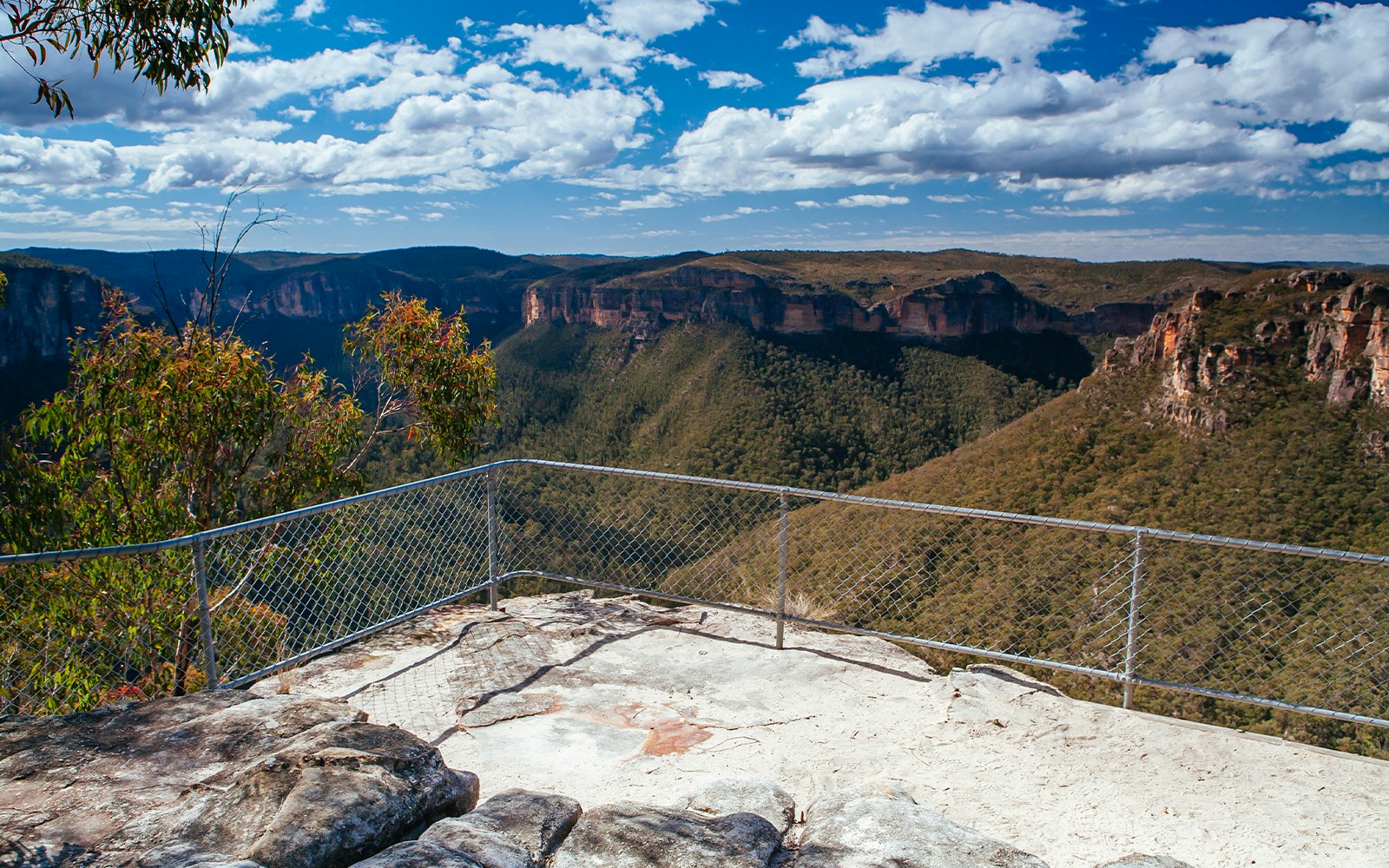
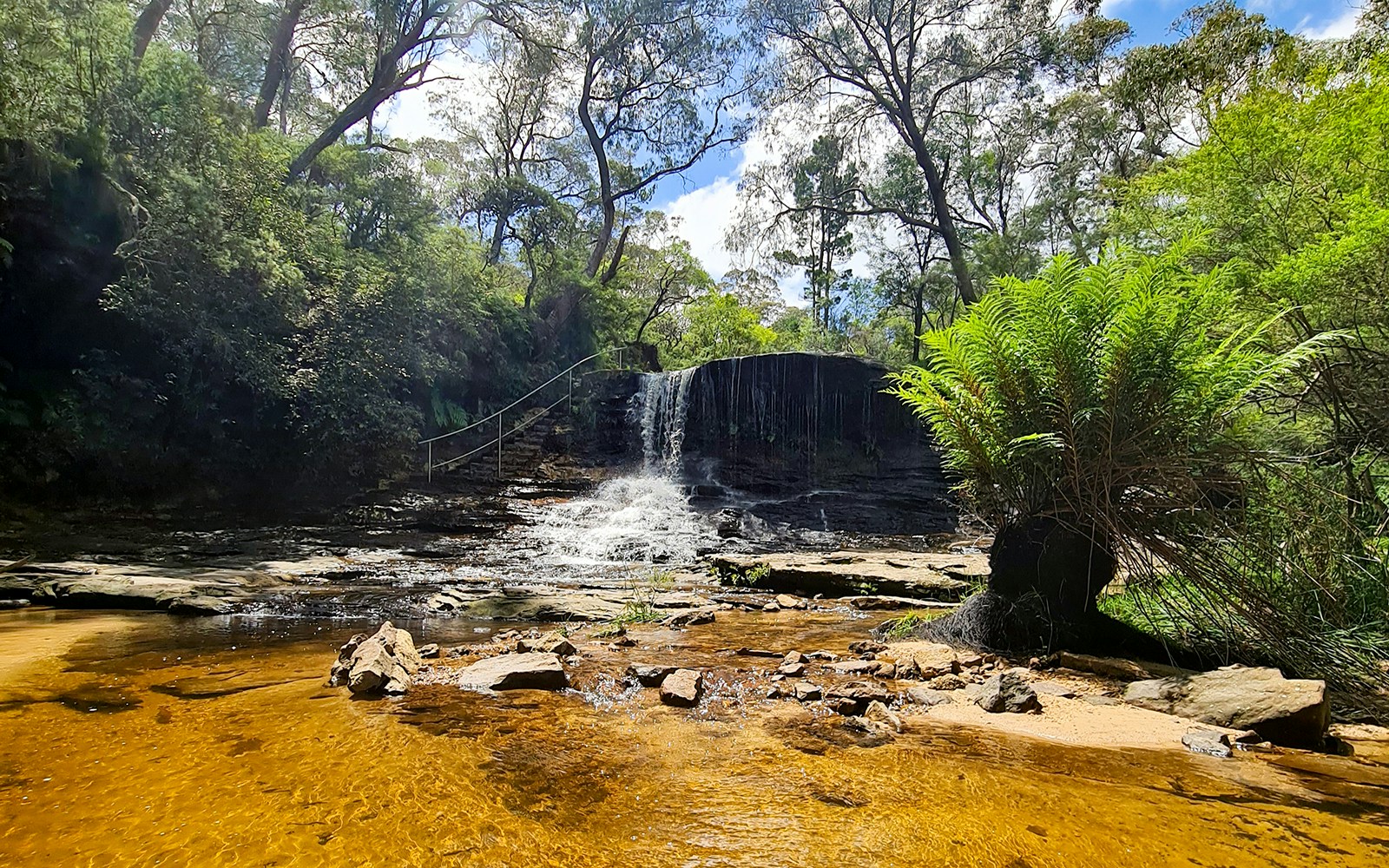

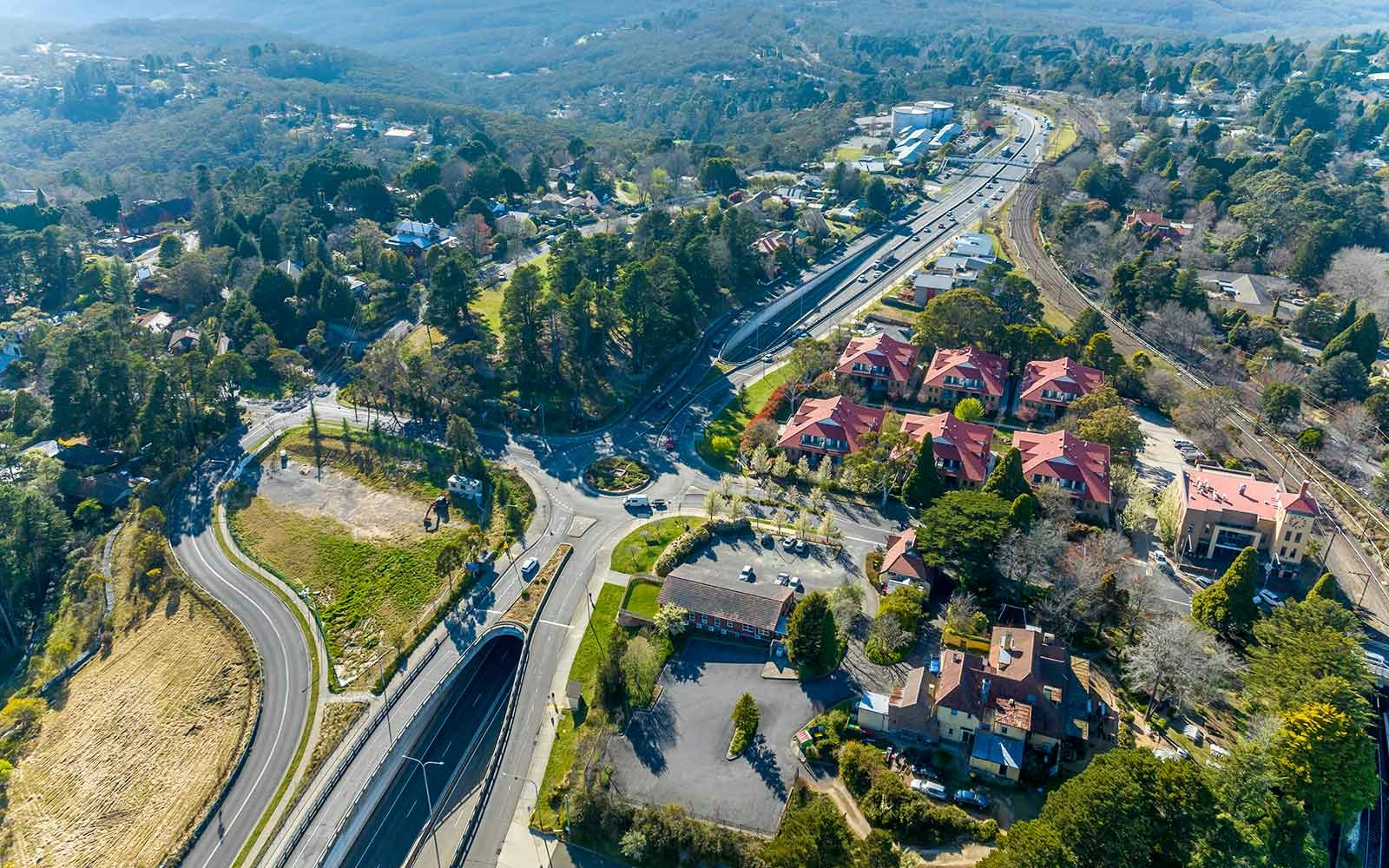
Recommended Blue Mountains wildlife-focused tours
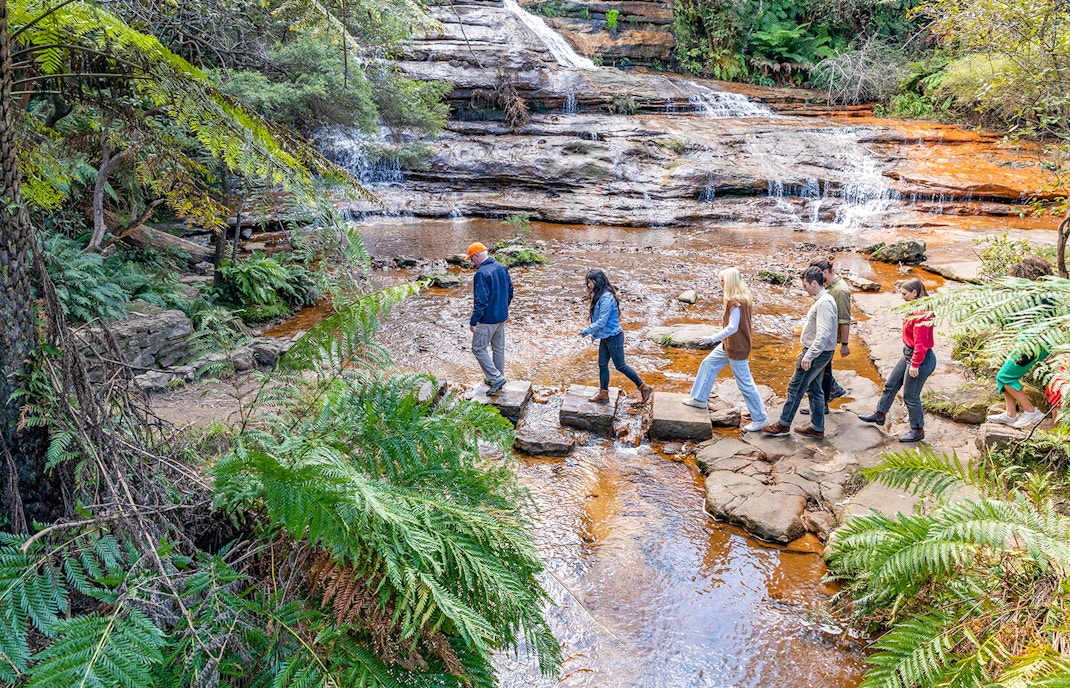
Sunset Tour with Guided Bushwalks & Wildlife Trails
Ideal for fit travelers, this adventure pairs rugged bushwalks with sunset views and kangaroo spotting near Euroka Clearing. Great for those seeking wild landscapes, photo ops, and active exploration.
Book now
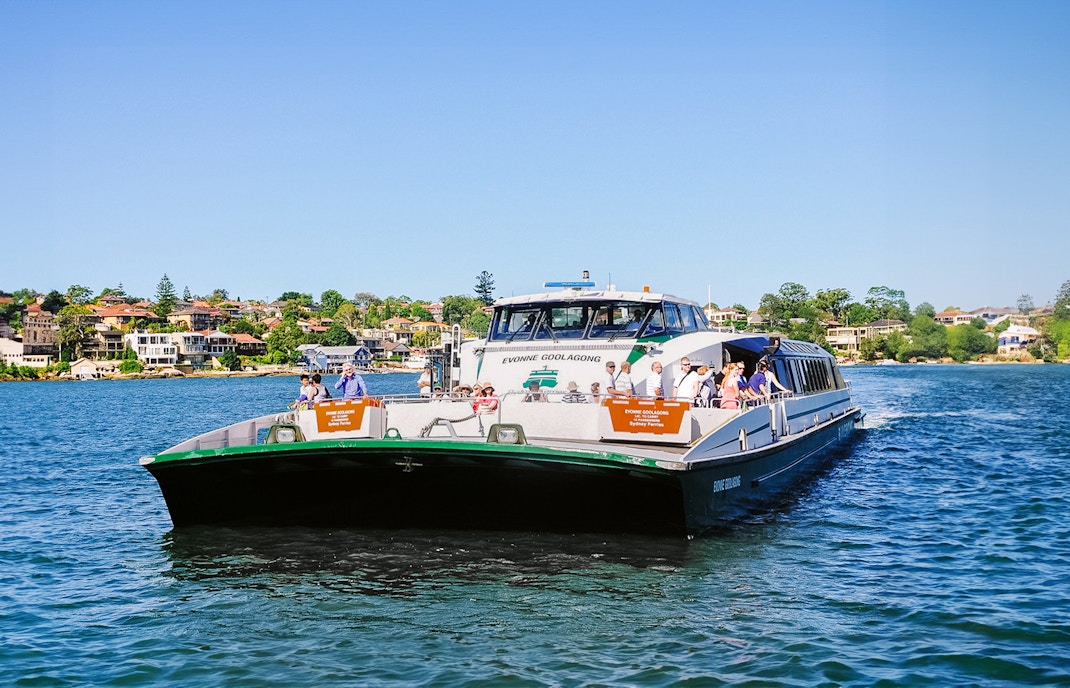
Scenic World, Featherdale Wildlife Park & River Cruise Tour
A well-rounded day trip blending Scenic World thrills, wildlife viewing experiences at Featherdale, and a relaxing cruise back to Sydney. Perfect for families and first-time visitors.
Book now

Scenic World, Harbour Ferry Cruise, Katoomba Falls & Sydney Zoo Tour
Family-friendly and relaxed, this tour combines rainforest walks, close-up animal encounters, and cable car rides. Includes a visit to Sydney Zoo for a koala photo and sweeping mountain views.
Book now
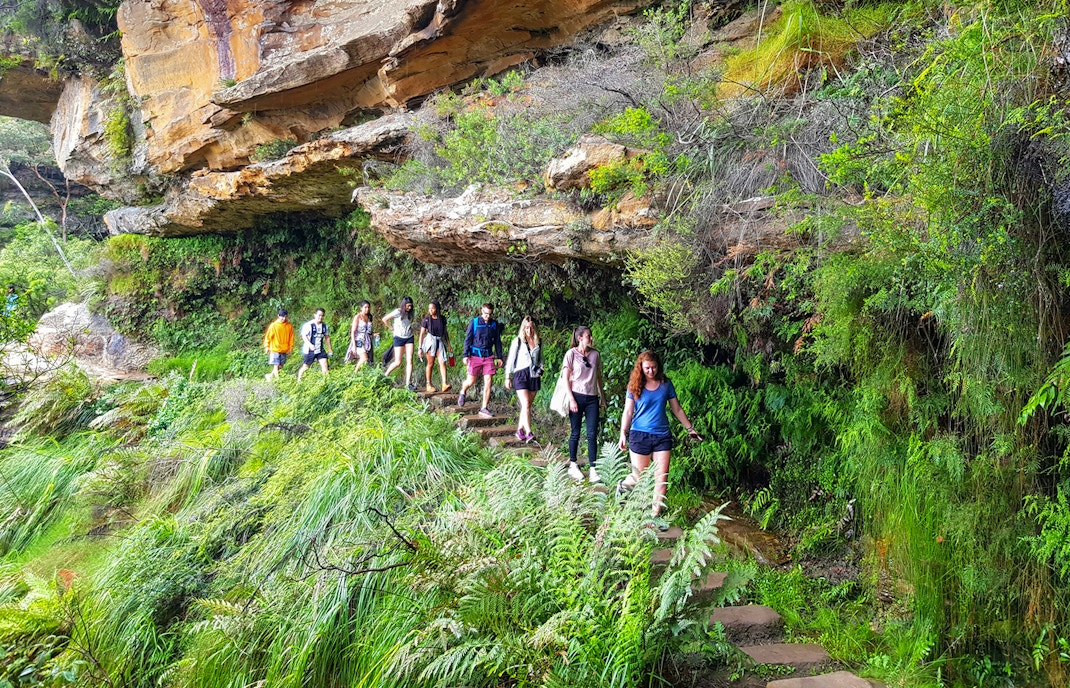
Scenic World, Zoo, Lunch & Bushwalks Small-Group Tour
A more immersive experience with small-group bushwalks, zoo entry, Scenic World rides, and a riverside return. Designed for travelers wanting both comfort and authentic wildlife interaction.
Book now
Book Sydney to Blue Mountains tours
Frequently asked questions on Blue Mountains wildlife
Early morning (6–9am) and late afternoon (4–7pm) are prime times for wildlife activity. Kangaroos, lyrebirds, and parrots are most visible during these hours, especially along trails near Leura, Glenbrook, and Euroka Clearing.
The Sunset Tour with Guided Bushwalks & Wildlife Trails offers the best chances to see kangaroos at Euroka Clearing and wombats near forest edges, thanks to its twilight schedule and bushwalking routes.
Yes, tours like the Scenic World, Zoo & River Cruise or the Featherdale Wildlife Park combo tour are easy and family-friendly. They feature flat trails, animal parks, and minimal walking.
At Featherdale Wildlife Park and Sydney Zoo, you can hand-feed kangaroos and take photos with koalas. These experiences are included in most standard packages.
Sightings in the wild can’t be guaranteed, but tours are scheduled during active times and led by experienced guides.

















